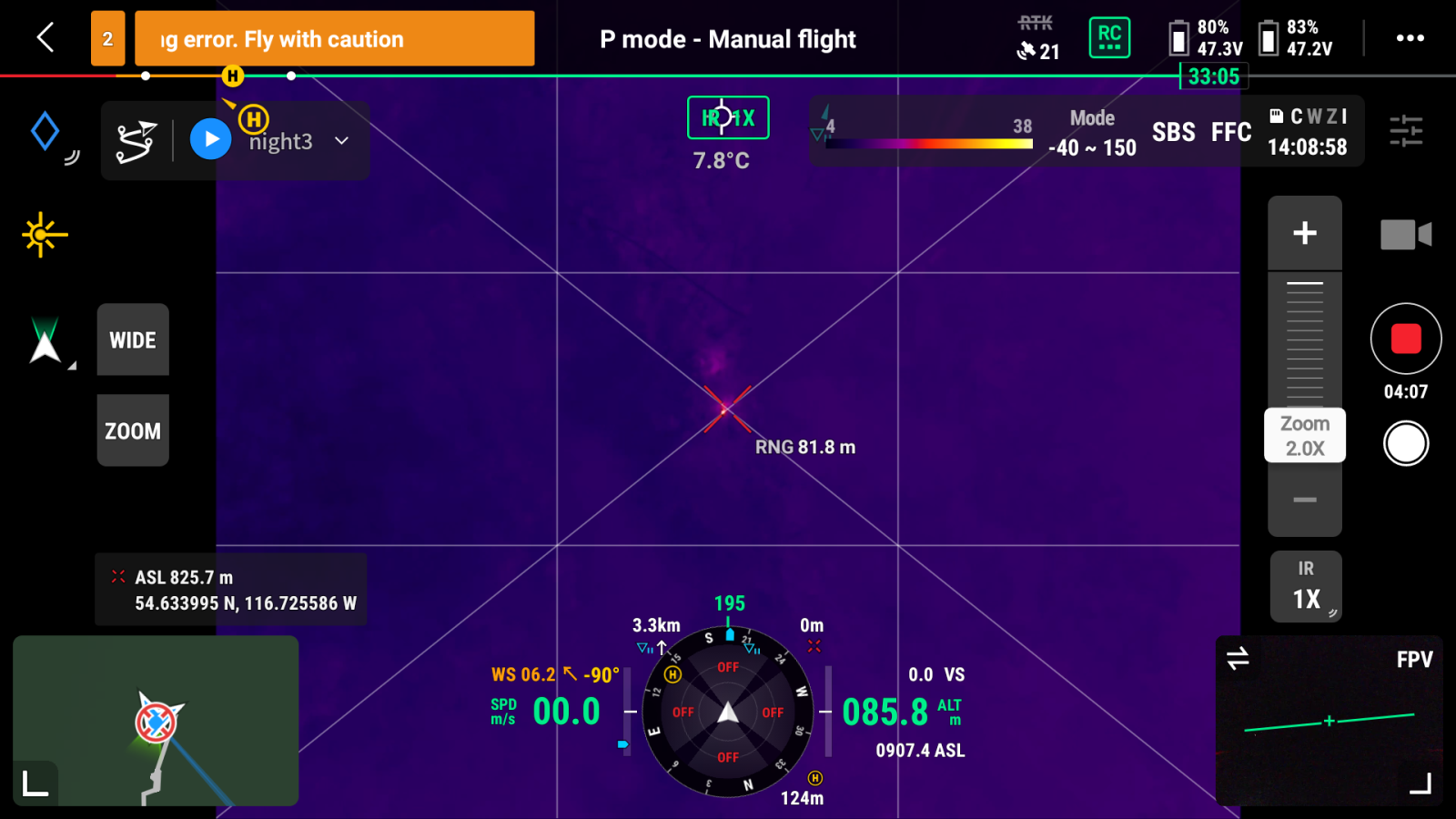
Canada’s diversified drone hardware and services company Volatus Aerospace wasted little time in putting its recently acquired firefighting credentials to good use by assisting efforts in Alberta this month to battle wildfires that have punished the province.
Toronto-based Volatus said it successfully completed its first field deployment of drones and related tech in support of firefighters from Western Canada, who are working to extinguish wildfires that have already consumed an estimated 100,000 square kilometers across the nation. The company provided aerial situational awareness assistance during nighttime flights of UAVs under a special Transport Canada authorization to operate beyond line of visual sight missions above 400 feet.
Read: Volatus gets special Transport Canada BVLOS drone certification
Volatus secured that Transport Canada approval in support of the nation’s firefighters in early May. Less than a month later it reinforced that by obtaining authorization from authorities in Alberta to provide aerial sensor support to wildfire extinction efforts.
That Volatus qualification comes with its passage of the Hinton GRID Testing process, which Alberta’s Wildfire Service unit uses to vet prospective partners using infrared data feeds from drones to battle blazes.
Though that specific certification was nominally intended for application in Alberta, it is recognized as a quasi-national norm by other provinces. Obtaining it, therefore, has placed Volatus in a position to add deployment of its drones to fight wildfires multiplying across Canada to its mix of UAV activities and services.
Indeed, in its recent flights the company used sensors aboard drones piloted at night to collect information on positions and changing conditions affecting hot spots, permitting firefighters to respond immediately to those pockets that drive spreading flames.
The craft also allowed Volatus to find other blazes that would otherwise be impossible to identify.
“Fires are not always burning in plain sight, they can be smoldering inside tree trunks or in subsurface locations,” said Walter Weselowski, special flight ops team lead for Volatus. “Operating from a safe distance, a drone pilot trained in thermography can identify and geo-locate these hot spots as well as determine whether a contained fire is in danger of reignition, providing critical information to the fire management team to aid them with planning, resource management, and assigning tasks and priorities for the day. This process is a lot faster and safer than firefighters walking through hazardous terrain surveying the fire line.”
Read: Volatus adds wildfire suppression support to its drone service menu
Volatus CEO Glen Lynch says environmental changes across the world are increasing the threat of more frequent and intense wildfires in North America and elsewhere in the world. It’s for that reason, he says, the company has moved to add support of Canada’s firefighting brigades to its wide list of drone activities.
“Climate change has the potential to increase the size and number of wildfires across Canada,” said Lynch. “Drones offer firefighters improved situational awareness and the ability to investigate sites that would otherwise be unsafe for firefighters or piloted aircraft. With the current and forecasted shortage of qualified crew for piloted aircraft, we expect the demand for remotely piloted aircraft to accelerate.”
FTC: We use income earning auto affiliate links. More.



Comments